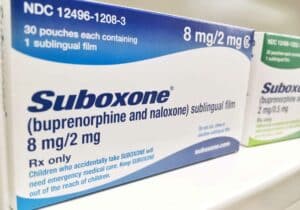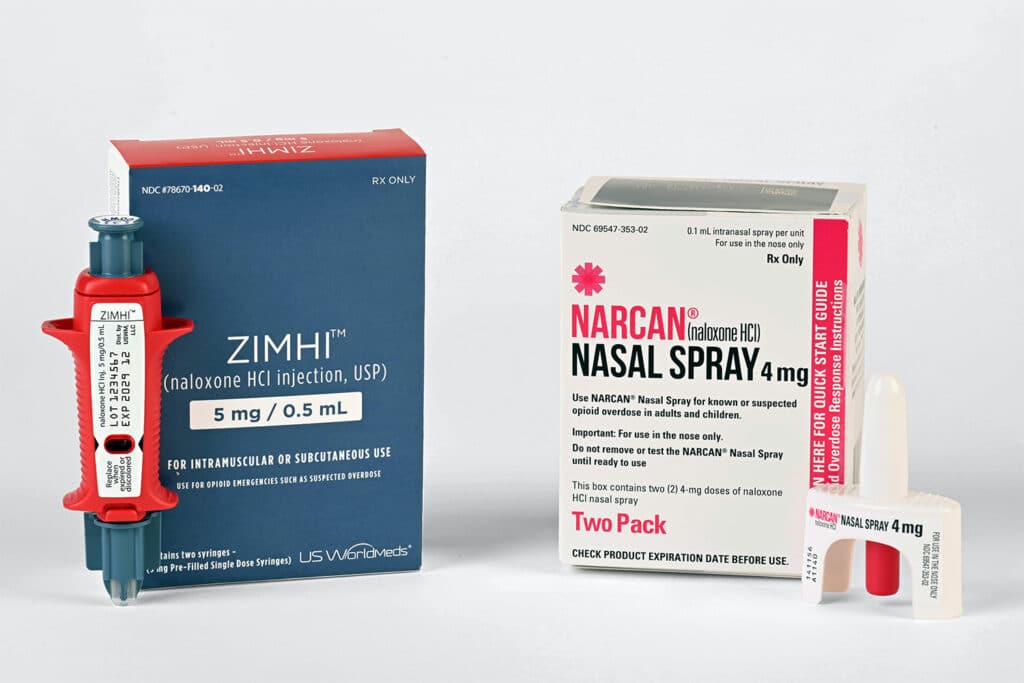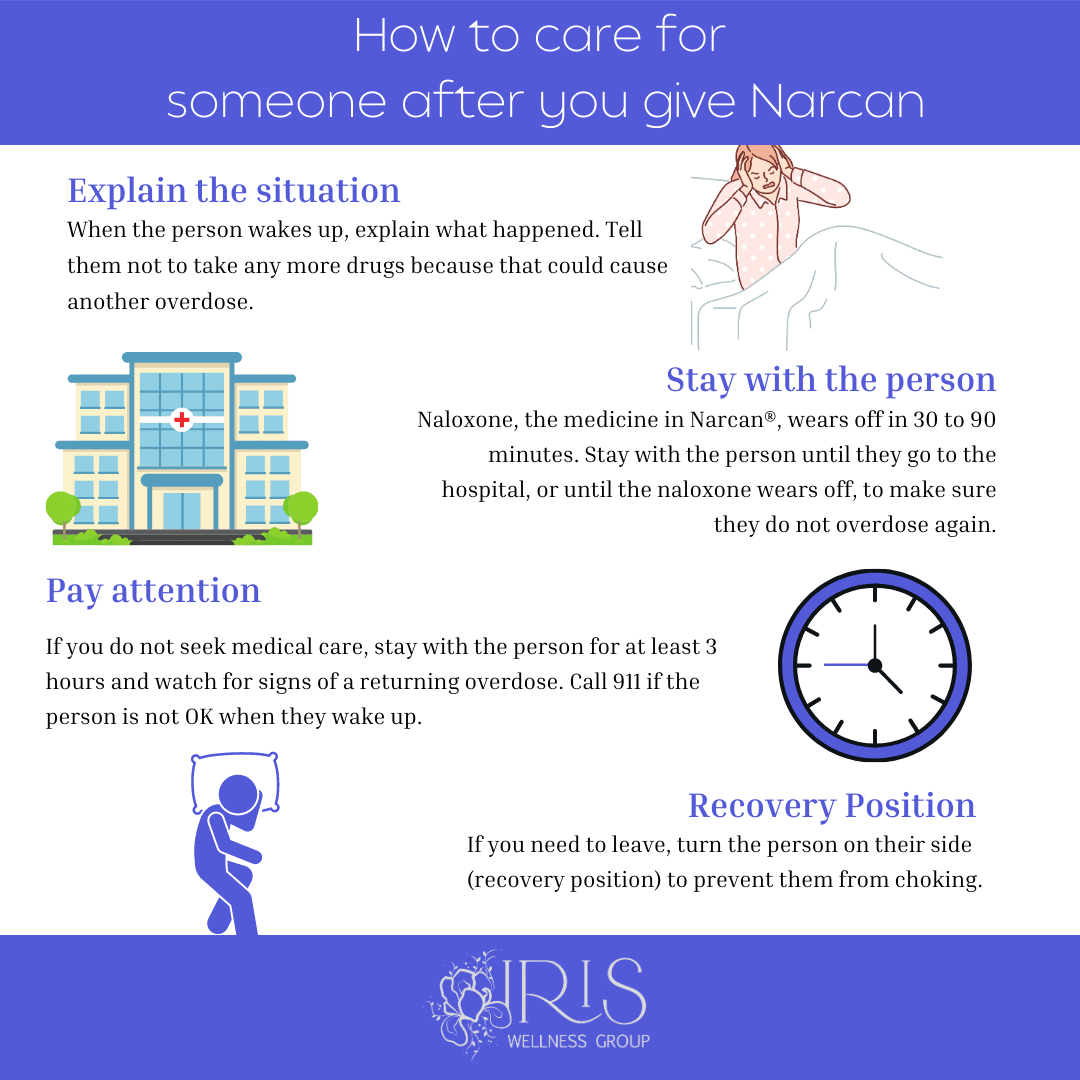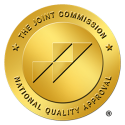The opioid crisis has affected countless individuals and families around the world. In the face of an opioid overdose, timely intervention can save a life. One of the most crucial tools in this endeavor is Narcan (naloxone), a medication designed to rapidly reverse opioid overdose. This guide will walk you through the process of administering Narcan to someone who may be experiencing an opioid overdose.
What is Narcan?
Narcan, also referred to by its generic name naloxone, is an essential medication designed to counteract opioid overdoses promptly. Opioids, encompassing prescription drugs like morphine and oxycodone or illicit ones like heroin, have the capacity to suppress breathing. In intense situations, these opioids can halt breathing entirely, posing grave dangers. This is the juncture where Narcan becomes indispensable.
Functioning as an opioid antagonist, Narcan operates by attaching to the brain’s opioid receptors, pushing out the opioids and negating their detrimental effects. If given during an overdose episode, Narcan rapidly reinstates an individual’s regular breathing pattern. Notwithstanding its effectiveness, Narcan’s impact is ephemeral, with a duration of roughly 30 minutes to an hour. Hence, even post Narcan administration, it remains crucial to get urgent medical attention.
It’s vital to note that Narcan’s remedial action is confined to opioid overdoses and doesn’t work on overdoses from substances like benzodiazepines or cocaine. With the surge in opioid-related issues, Narcan’s accessibility has expanded. Numerous first responders and even some civilians have been trained in its application, acknowledging its capacity to save lives.
Recognizing the Signs of an Opioid Overdose:
- Unresponsive or unconscious state.
- Shallow, slowed, or stopped breathing.
- Pinpoint pupils.
- Blue or grayish skin color, especially around the lips and nails.
- Snoring or gurgling noises (which can indicate a blocked airway).
- Limp body.
- Slow or no pulse.
How to Administer Narcan:
- Check for Responsiveness: First, shout the person’s name and shake them gently. If there’s no response, it’s crucial to act quickly.
- Call 911: Always call for emergency medical assistance immediately if you suspect someone is overdosing.
- Prepare the Narcan Nasal Spray: Most commonly, Narcan is available as a nasal spray. Remove the Narcan from its box, and hold it by its base.
- Administer the Spray: Tilt the person’s head back slightly. Insert the nozzle of the Narcan spray into one nostril until your fingers touch the bottom of the person’s nose. Press the plunger firmly to release the dose into the person’s nose.
- Perform Rescue Breaths: If trained, give rescue breaths while waiting for the Narcan to take effect.
- Monitor and Give a Second Dose if Needed: If there’s no or minimal response after 2-3 minutes, administer a second dose of Narcan in the other nostril. Continue to monitor the person’s breathing and pulse.
- Stay with the Person: After administering Narcan, it’s crucial to stay with the person until emergency personnel arrive. Narcan’s effects are temporary, and the person could re-enter overdose once it wears off.
- Provide Information: Once emergency personnel arrive, inform them that you’ve administered Narcan.
Important Notes:
- While Narcan can save a life during an opioid overdose, it’s not a replacement for comprehensive medical care. Always call 911 in the event of a suspected overdose.
- Narcan is only effective against opioid-induced overdoses. It won’t work for overdoses caused by other drugs or substances.
- Some individuals might wake up from an overdose feeling agitated or confused. It’s crucial to reassure and calm them.
- Always keep Narcan stored in a place that’s easily accessible in case of an emergency.
Opioid overdoses are a public health crisis, but with tools like Narcan, bystanders can take crucial first steps in saving lives. By recognizing the signs of an overdose and knowing how to administer Narcan correctly, you might be the critical difference between life and death for someone in need. Remember always to reach out for professional help and never assume someone will “sleep it off.” Every moment counts.











